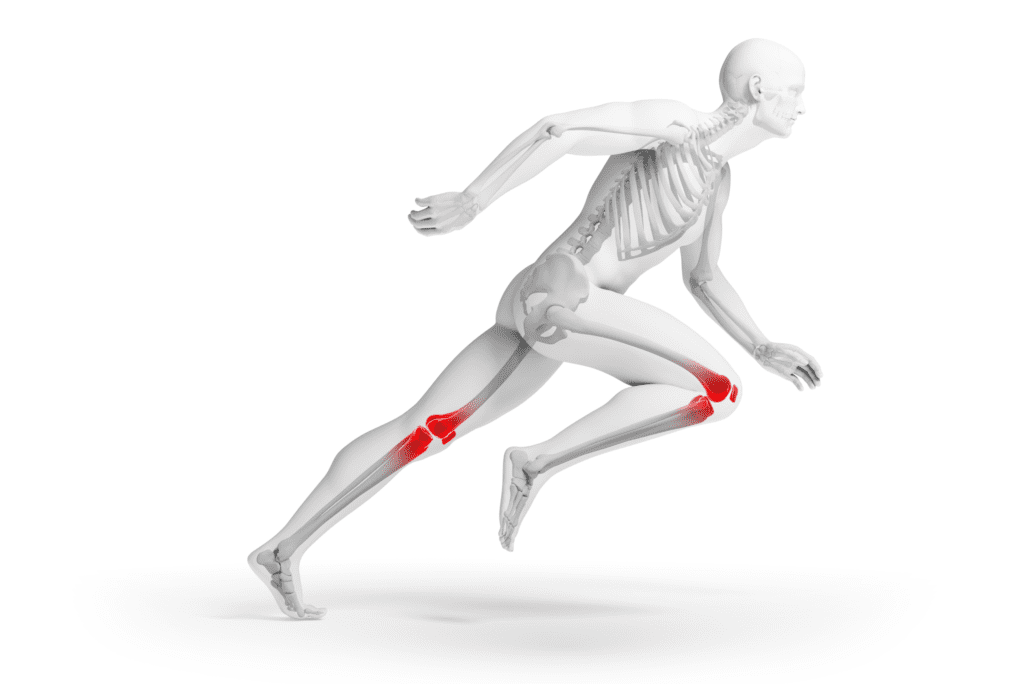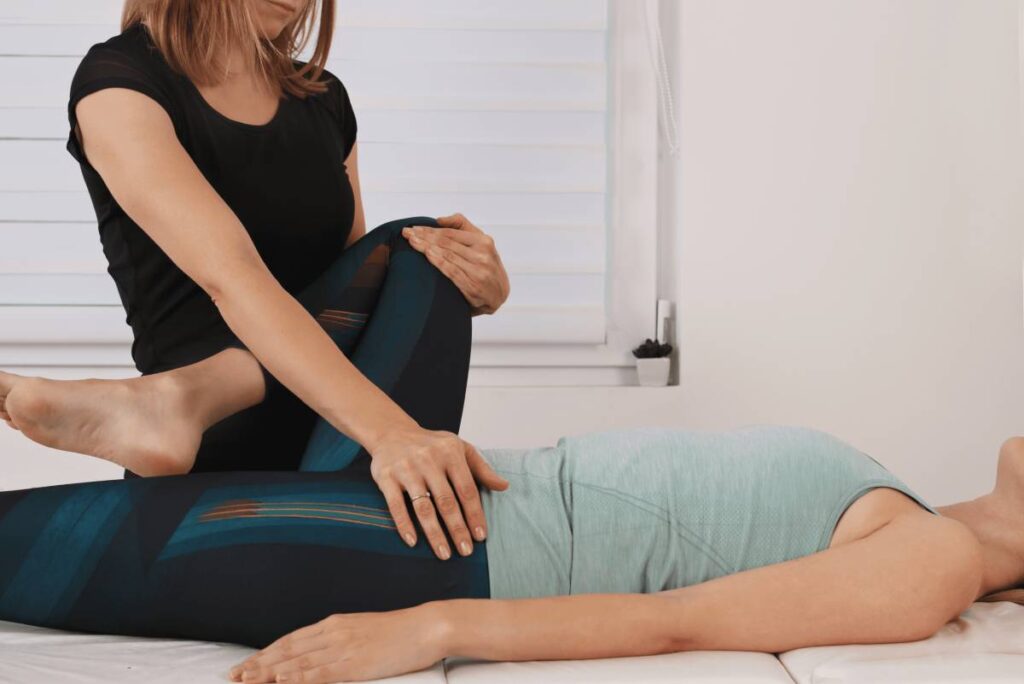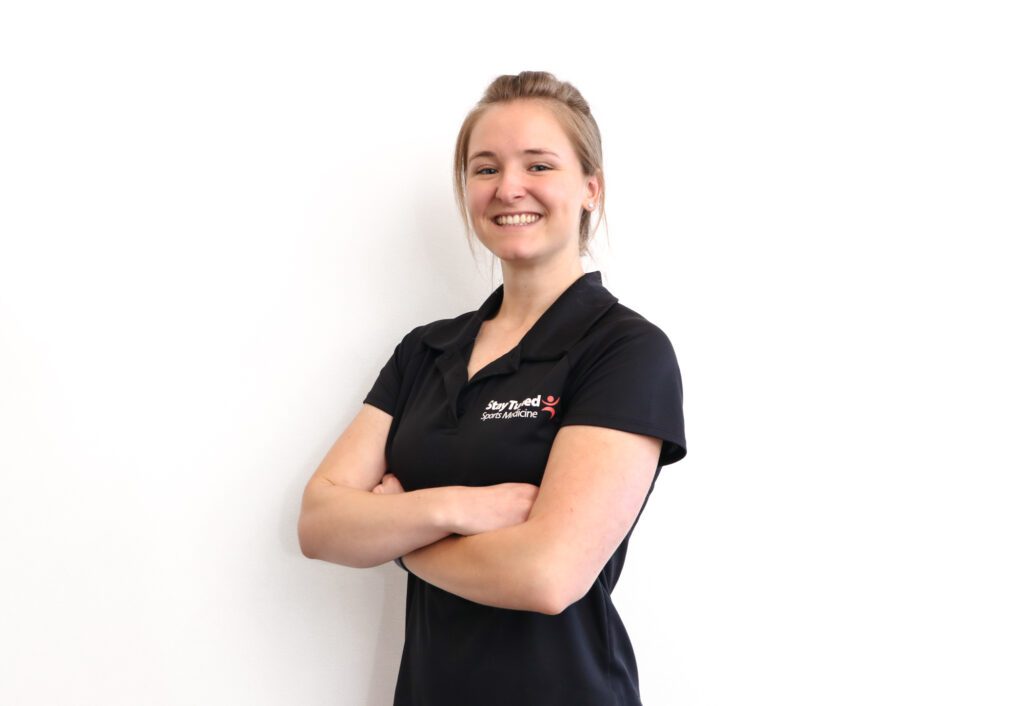Are you inspired to increase your exercise routine but found that your knees are starting to hurt?
Does climbing stairs or squatting cause pain?
You may have Runner’s Knee, also known as Patellofemoral Pain Syndrome.
Runner’s Knee is a term used to describe knee pain originating from the patellofemoral joint or the surrounding soft tissues. The knee joint, being the largest and one of the most complex joints in the body, consists of the lower end of the femur (thighbone), the upper end of the tibia (shinbone), and the patella (kneecap). The patella moves within a groove on the femur, gliding up and down as the leg bends. To provide stability and guide the kneecap movement, the joint is supported by a joint capsule, cushioning bursa, and ligaments.

So, what could be the cause of your pain?
Various factors can contribute to the development of Runner’s Knee. While running is a common cause, any activity that repeatedly stresses the knee joint can lead to this condition. Overuse or overload of the knee, such as running or weight-bearing exercises involving knee flexion (e.g., walking, skiing, biking, jumping, cycling, and soccer), can be contributing factors. Muscle weakness, imbalance or dysfunction, abnormal tracking of the patellofemoral joint, and overpronation of the foot (flat feet) are also potential causes.
Typical Symptoms
The typical symptoms of Runner’s Knee include vague pain or tenderness around the knee, which worsens with patellofemoral joint loading. Mild swelling and occasional clicking in the knee may also be present. Activities such as squats, climbing stairs, or running can exacerbate the pain.
Additionally, muscular imbalances may be observed, including tightness in the ITB (iliotibial band), hamstrings, or calves, and weakness in the glutes and quads.
What can we do to help?
To address Runner’s Knee, it is important to thoroughly assess movement patterns, biomechanics, and the strength and tension of the leg musculature. This assessment should also include evaluating the mobility of the joints from the ankle to the hip.
Once the underlying cause of the symptoms is determined, an osteopath or physiotherapist can provide manual therapy, potentially including taping of the knee, to alleviate the symptoms. They may also offer lifestyle advice and techniques to modify your exercise routine. An exercise rehabilitation program should also be provided to correct muscle imbalances and prevent future pain.

If you are experiencing knee pain, it is always advisable to consult with a qualified healthcare professional, such as an osteopath or physiotherapist, who can assess your condition and recommend an appropriate treatment plan tailored to your specific needs. Don’t let knee pain hold you back; take the first step towards a pain-free lifestyle today.
If you have any further questions or need assistance, please reach out!
Dr Amy Welsh
Osteopath and Group Exercise Rehabilitation Instructor
B.Sc.(Cli.Sc.), M.H.Sc.(Osteo)

